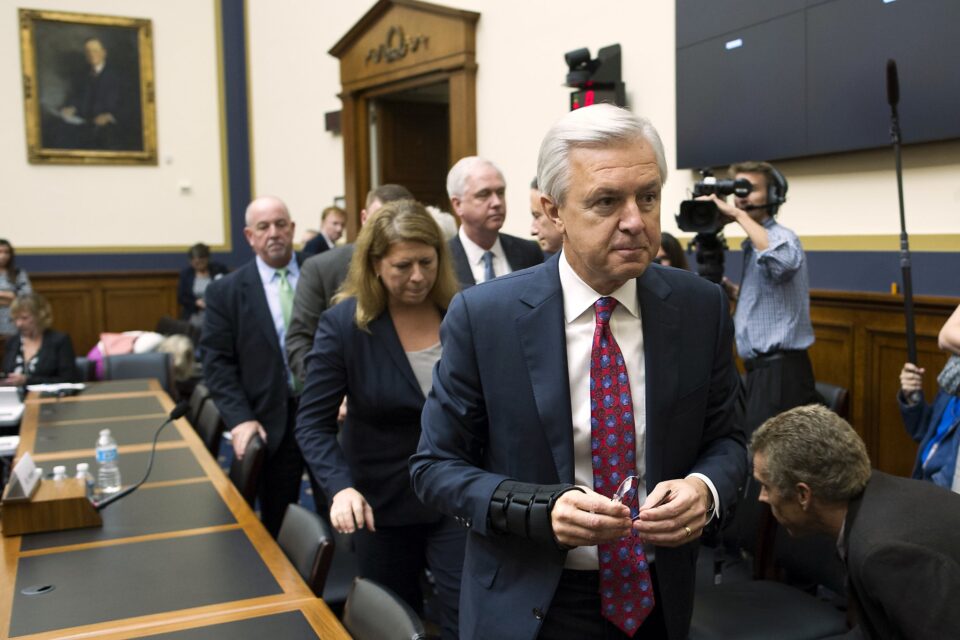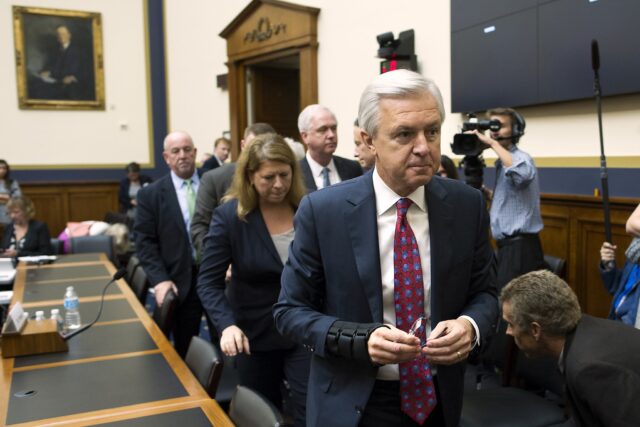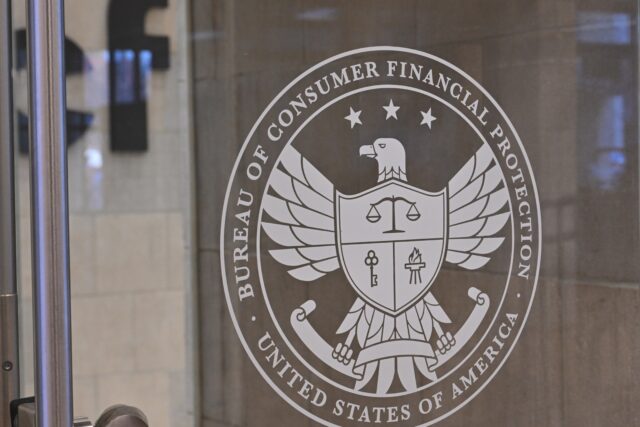A Case of Egos and Quantified Success: Wells Fargo
The Post-Mortem: A Column of Corporate Catastrophes
Jessica Graham
October 23, 2023
COLUMN TWO
If you’re like me, you have a general notion not to bank with Wells Fargo—but have no idea why or where that came from. Wells Fargo, from 2002 until 2016, essentially created a bunch of fake accounts, boosting their supposed revenue and depleting their actual resources. This, understandably, created a slew of problems for the financial powerhouse.
For approximately 14 years, employees at Wells Fargo were given impossible sales targets, turning to fraud to meet them. According to the New York Times, Wells Fargo employees “opened millions of accounts in customers’ names without their knowledge, signed unwitting account holders up for credit cards and bill payment programs, created fake personal identification numbers, forged signatures and even secretly transferred customers’ money. … the bank has also admitted it charged mortgage customers unnecessary fees and forced auto loan borrowers to buy insurance they did not need.” Every year, leadership raised its sales goals, ignoring pleas and warning signs from lower-level employees—turning up the heat in an already overcrowded sauna.
According to the Independent Directors Sales Practice Investigation Report (“The Report”), Wells Fargo had an oligarchical family of unchecked leadership—headed by Carrie Tolstedt and John Stumpf—and an ‘insular and defensive’ ‘inner circle,’ which bred a culture of individualism and competition. So, essentially, if you worked at Wells Fargo you would be immediately transported back to high school, where you died your hair blonde to try to get a better table at lunch that year. In the corporate world, this translates to peer pressure (namely, reputation and a desire to outwit your peers) to bend rules to please management. Thus, ‘popular kids’ at Wells Fargo (i.e., management) created a toxic environment for sales representatives, and then refused “to see the problem as systemic” and address their own role in doing so.
Wells Fargo had an oligarchical family of unchecked leadership—headed by Carrie Tolstedt and John Stumpf—and an ‘insular and defensive’ ‘inner circle,’ which bred a culture of individualism and competition.
Tolstedt and Stumpf both started out with humble roots, perhaps then taking an “if I can do it, they can do it” attitude in management. Tolstedt grew up in a small town in Nebraska; Stumpf one a farm in Minnesota (and was one of 11 children). Tolstedt claims to have been instilled with an understanding of customer service and the difficulties of the small business owner during her childhood, though that seems difficult to reconcile with forcing fake accounts and fees on Wells Fargo customers. Of course, Tolstedt didn’t actually create the accounts or fees—she and Stumpf simply set impossible standards for others and then tried to maintain a façade of financial security.

Image Source: The San Francisco Chronicle
The dynamic duo is still facing repercussions today. In 2020, the SEC charged Stumpf and Tolstedt with misleading investors. This charge specifically relates to the duo’s awareness of the failing health of their sales practices and their resulting decision not to share that information accurately with investors. This, however, is just one charge from a long line of charges—including a $17.5 million fine for Stumpf and a $25 million fine for Tolstedt (which is still being fought out in court).
Is there a way to prevent this from happening in the future—either within Wells Fargo, or a separate bank entirely? In theory, the first step in fixing Wells Fargo’s culture would be to replace management (which they’ve already done). However, that almost definitely won’t solve the problem. As articulated by the Report, “the only way definitively to address the broken sales model and the root cause of sales practice abuses was to emphasize other metrics for performance and to abandon exerting pressure through sales goals and sales-driven incentive programs.” Basically, only assessing people as numbers isn’t good for morale. Or honesty. Shocking!
For me, there are two overarching concerns about the stability of corporate governance long-term: 1) it is nearly impossible to know how a person will act until they are in that position of power; 2) even while removing sales goals, there will always be underlying motives driving an employee’s decision-making. Essentially, there may be no solution at all.
Tolstedt came into to power highly-acclaimed and well-respected, being known for running a ‘tight ship,’ and was even called the ‘best banker in America.’
Nobody can really know how they will act in a position of unchecked power. This is clearly shown by the leadership within Wells Fargo—according to the Report, Tolstedt came into to power highly-acclaimed and well-respected, being known for running a ‘tight ship,’ and was even called the ‘best banker in America.’ That being said, one of his biggest goals when he worked for a different bank was to increase its cross-sell ratio—essentially, sell more types of accounts (credit cards, savings accounts, more credit cards, checking accounts, etc.) to each customer. Some could say that was a warning sign, but alas.
Even more difficult to regulate is the ability of companies and corporations to create incentives that will shape an employee’s behavior and encourage a toxic environment (think the stock option debacle at Enron). Quite frankly, regulators have already tried this. After proposing uniform rules on compensation policies, regulators received pushback from financial institutions, arguing that their own policies were already designed to balance risk and reward. For example, a group of major banks including Morgan Stanley and Goldman Sachs claimed that the limits on banking compensation would place the industry at a “competitive disadvantage” and negate the work they’ve already done to fix the compensation structure. Ironically, it was Wells Fargo’s letter that claimed the proposed regulations do not appropriately capture risk.
Whether regulators ever institute clear compensation structures, though, does not negate the role of incentives in the workplace more generally. Though the Report notes several times that employee compensation was linked to sales performance, it also concludes that employees cited the sales pressure as the driving force of their misdeeds. This is a nuanced but important distinction. The report notes that base pay is now a bigger part of compensation, and that Wells Fargo is trying to fix its culture, which will help to fix the internal culture of competition. To achieve true reform, though, the distinction between financial incentives and underlying influences must be recognized and addressed.
It should be noted that a large portion of the analysis here was from the Report, produced by the Independent Board of Directors. Of course, that board had its own motivated reasoning—i.e., it needs to blame someone to try to save the reputation of Wells Fargo. Tolstedt is still fighting charges and argues that the Report itself is an unfair presentation of the facts. So, will we ever really know what happened in the financial behemoth? Maybe not. Even if we don’t, we do know this—management at large financial institutions has long been creating atmospheres of back-breaking pressure and competition, driving fraud within their organization. It’s not clear that there is a systemic way to prevent this from happening again.








